Sometimes the constant ping of notifications and endless scroll of feeds becomes overwhelming. You might find yourself craving a break from the digital world, yearning for places where your phone becomes just a camera and your mind can wander freely.
The good news? Plenty of destinations still exist where connectivity is limited, spotty, or simply unnecessary for a truly fulfilling experience. These remote locations offer the perfect excuse to step away from the online world without feeling like you’re missing out.Here are 16 places where you can genuinely disconnect and rediscover what life feels like without constant digital stimulation.
Big Sur, California
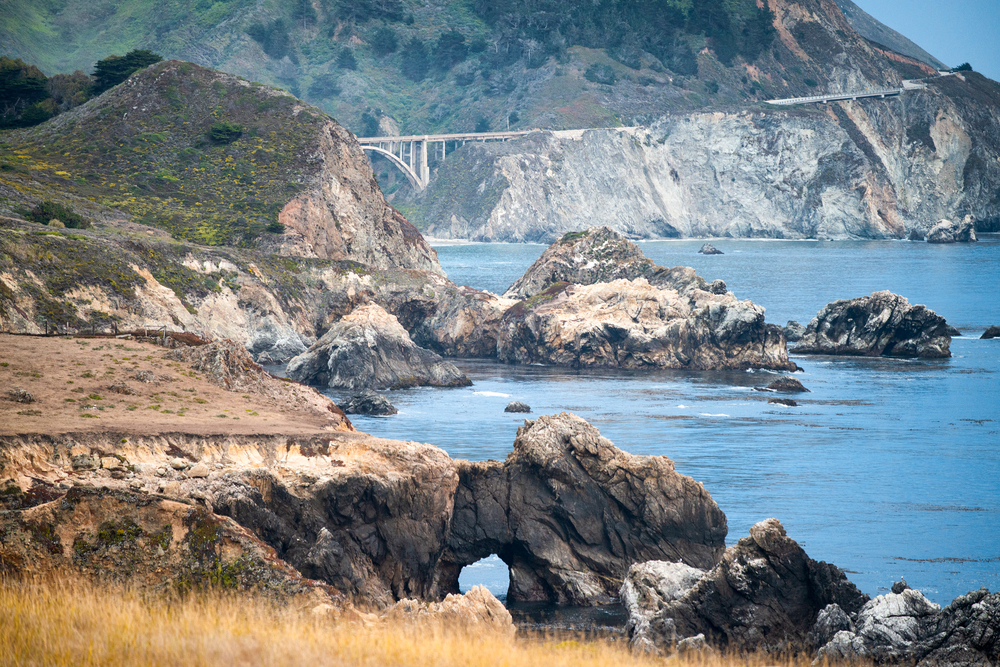
The rugged coastline of Big Sur stretches for about 90 miles along California’s Highway 1, and cell service here is notoriously unreliable. Dramatic cliffs, ancient redwood forests, and crashing waves create a natural sanctuary where your phone often becomes useless anyway.
Many of the area’s famous lodges and camping spots sit in dead zones where even the strongest signal struggles to penetrate — a limitation becomes liberating rather than frustrating. You’ll find yourself naturally shifting focus to the immediate beauty around you rather than whatever’s happening in your feeds.
Denali National Park, Alaska

This massive wilderness area covers over 6 million acres, yet most of it remains completely untouched by modern infrastructure. The park’s remote location means that cell towers are few and far between, especially once you venture beyond the visitor center area.
The sheer scale of the landscape puts things in perspective; when you’re surrounded by mountains that dwarf skyscrapers and wildlife that operates on ancient rhythms, checking Instagram feels pretty trivial. The park’s shuttle system even encourages visitors to leave technology behind and focus on the raw wilderness experience.
Like Travel Pug’s content? Follow us on MSN.
The Boundary Waters, Minnesota
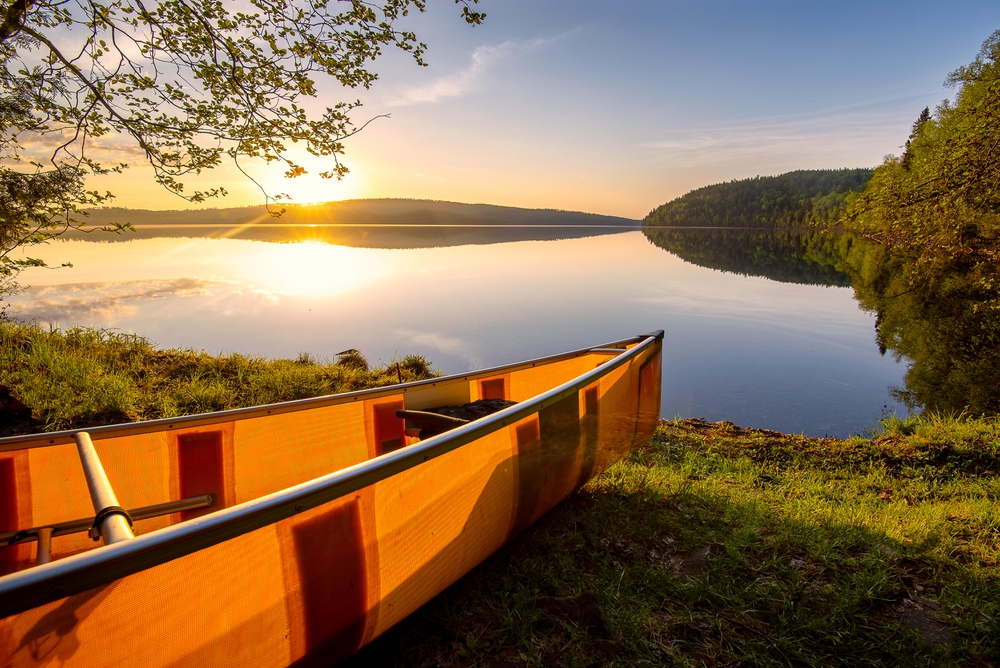
This pristine canoe area along the Minnesota-Canada border consists of over 1,000 lakes connected by portage trails, and it’s one of the most peaceful places in North America. Cell service is virtually nonexistent throughout most of the wilderness area, making it impossible to stay connected even if you wanted to.
The experience of paddling through mirror-like lakes surrounded by untouched forest naturally shifts your attention to immediate surroundings, while many visitors report that after just a day or two, they stop automatically reaching for their phones because the habit becomes meaningless.
Death Valley, California

Despite being one of the most extreme environments in North America, Death Valley offers an oddly therapeutic escape from digital life. The vast desert landscape and remote location mean that cell service is extremely limited — particularly in the backcountry areas.
The harsh beauty of the desert forces you to focus on basics like hydration, navigation, and appreciating the subtle colors that change throughout the day. Something about the stark simplicity of the environment makes the complexity of social media feel unnecessary and even absurd.
Isle Royale, Michigan

This remote island in Lake Superior is accessible only by boat or seaplane, and visitors quickly discover that connectivity is practically nonexistent. The island’s isolation creates a unique environment where the rhythm of daily life slows down to match the natural world around you — no rushing required.
Hiking the island’s trails, you’ll encounter moose, wolves, and pristine lakes without any digital distractions, while the experience feels like stepping back in time to when outdoor adventures were purely about the physical and mental challenge rather than documenting every moment.
Like Travel Pug’s content? Follow us on MSN.
The Adirondack Mountains, New York

While parts of the Adirondacks have decent cell service, vast portions of this 6-million-acre park remain connectivity dead zones. The dense forest canopy and mountainous terrain create natural barriers that keep the digital world at bay — though this isn’t necessarily a bad thing.
Many of the backcountry campsites and hiking trails offer complete disconnection, allowing you to experience the forest’s sounds and rhythms without interruption. The region’s numerous lakes and peaks provide plenty of natural entertainment that doesn’t require a screen or data connection.
Point Reyes, California
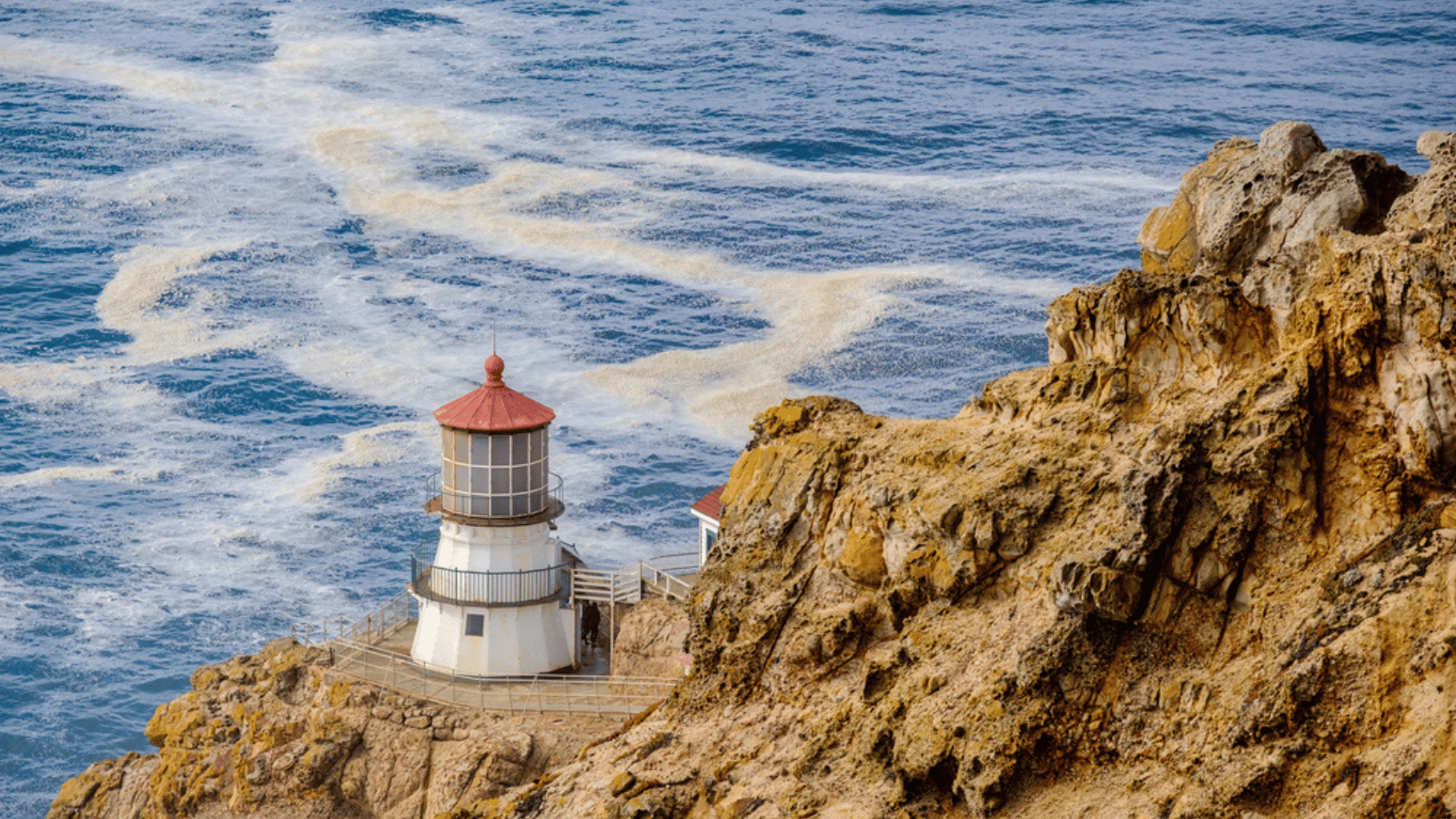
This dramatic peninsula north of San Francisco offers stunning coastal scenery and surprisingly limited cell coverage in many areas. The combination of rolling hills, pristine beaches, and fog-shrouded cliffs creates an environment where nature takes center stage — not your notification sound.
The area’s many hiking trails wind through landscapes that change dramatically with the weather and seasons, providing constant visual interest without any digital enhancement needed. Local wildlife, including elephant seals and migrating whales, operates on schedules that have nothing to do with human timelines or social media algorithms.
Glacier National Park, Montana
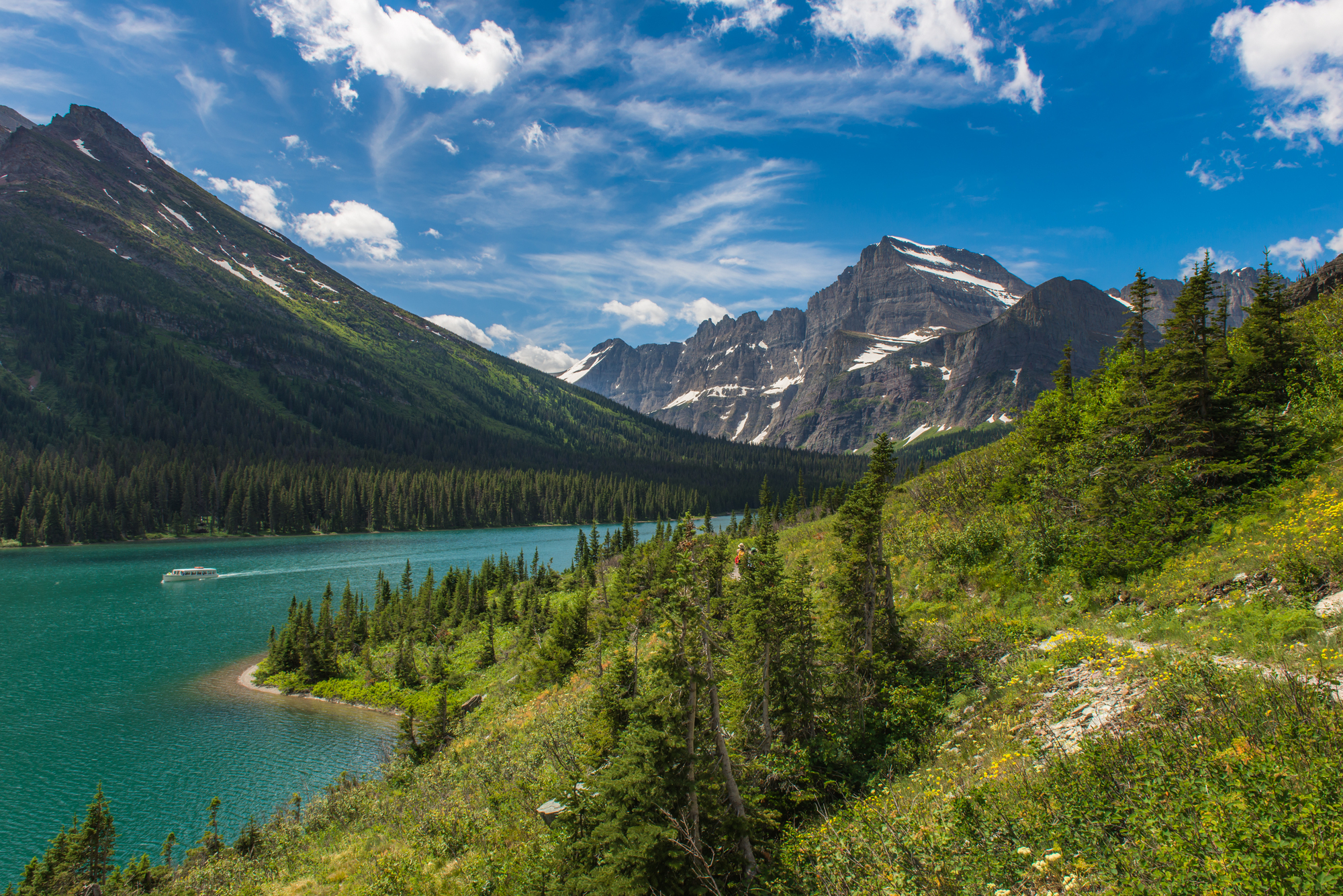
The rugged terrain and remote location of Glacier National Park mean that cell service is spotty at best throughout most of the million-acre wilderness. The park’s famous Going-to-the-Sun Road offers breathtaking mountain views that make phone screens seem inadequate by comparison, though you won’t miss them much.
Backcountry hiking here requires focus on navigation, weather conditions, and wildlife awareness rather than online connectivity. The park’s pristine lakes, glacial valleys, and towering peaks provide a sense of scale that puts digital concerns into perspective.
Like Travel Pug’s content? Follow us on MSN.
The Outer Banks, North Carolina
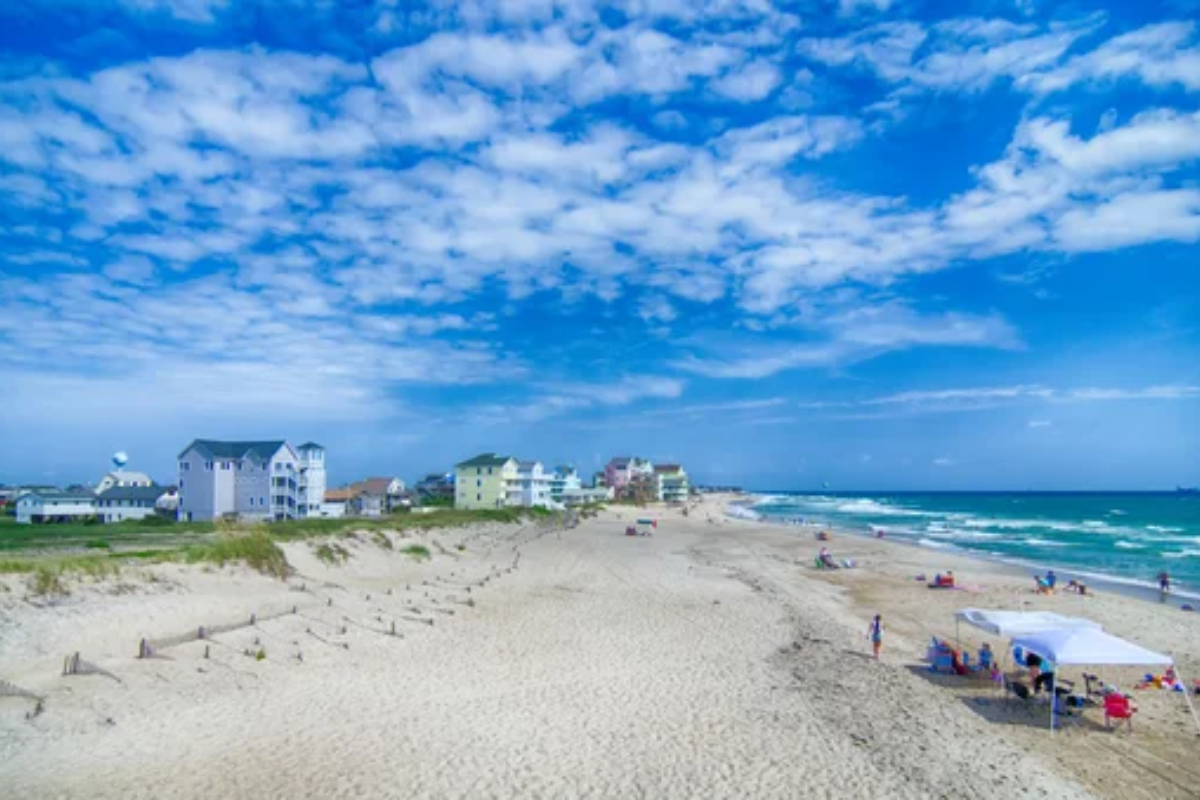
While some parts of the Outer Banks have good connectivity, many of the more remote areas — especially around Cape Hatteras — offer limited cell service. The barrier islands’ unique position between the Atlantic Ocean and various sounds creates a distinctive environment where time seems to move differently.
Beach walks here can stretch for miles without encountering crowds or the need to document every moment, yet the area’s wild horses, historic lighthouses, and constantly changing shoreline provide natural entertainment that doesn’t require any digital enhancement.
Olympic National Park, Washington

This diverse park encompasses rainforests, mountain ranges, and rugged coastline, with large areas where cell service is nonexistent. The park’s temperate rainforest, in particular, creates a cathedral-like atmosphere where the outside world feels very far away, peaceful rather than isolating.
Hiking through moss-covered trees and along pristine rivers naturally shifts your attention to immediate sensory experiences. The park’s hot springs, alpine lakes, and dramatic coastline offer varied landscapes that keep your mind engaged without any need for digital stimulation.
The Florida Everglades

The vast wetland ecosystem of the Everglades offers surprisingly limited connectivity once you venture beyond the main visitor areas. Paddling through the mangrove tunnels and sawgrass marshes, you’ll find yourself in a world where alligators, manatees, and countless bird species operate according to natural rhythms.
The subtle beauty of the wetlands requires patience and close observation to fully appreciate, making it the perfect antidote to the instant gratification of social media feeds. The park’s unique ecosystem provides constant discovery opportunities that don’t require any digital documentation to be meaningful.
Like Travel Pug’s content? Follow us on MSN.
Rocky Mountain National Park, Colorado
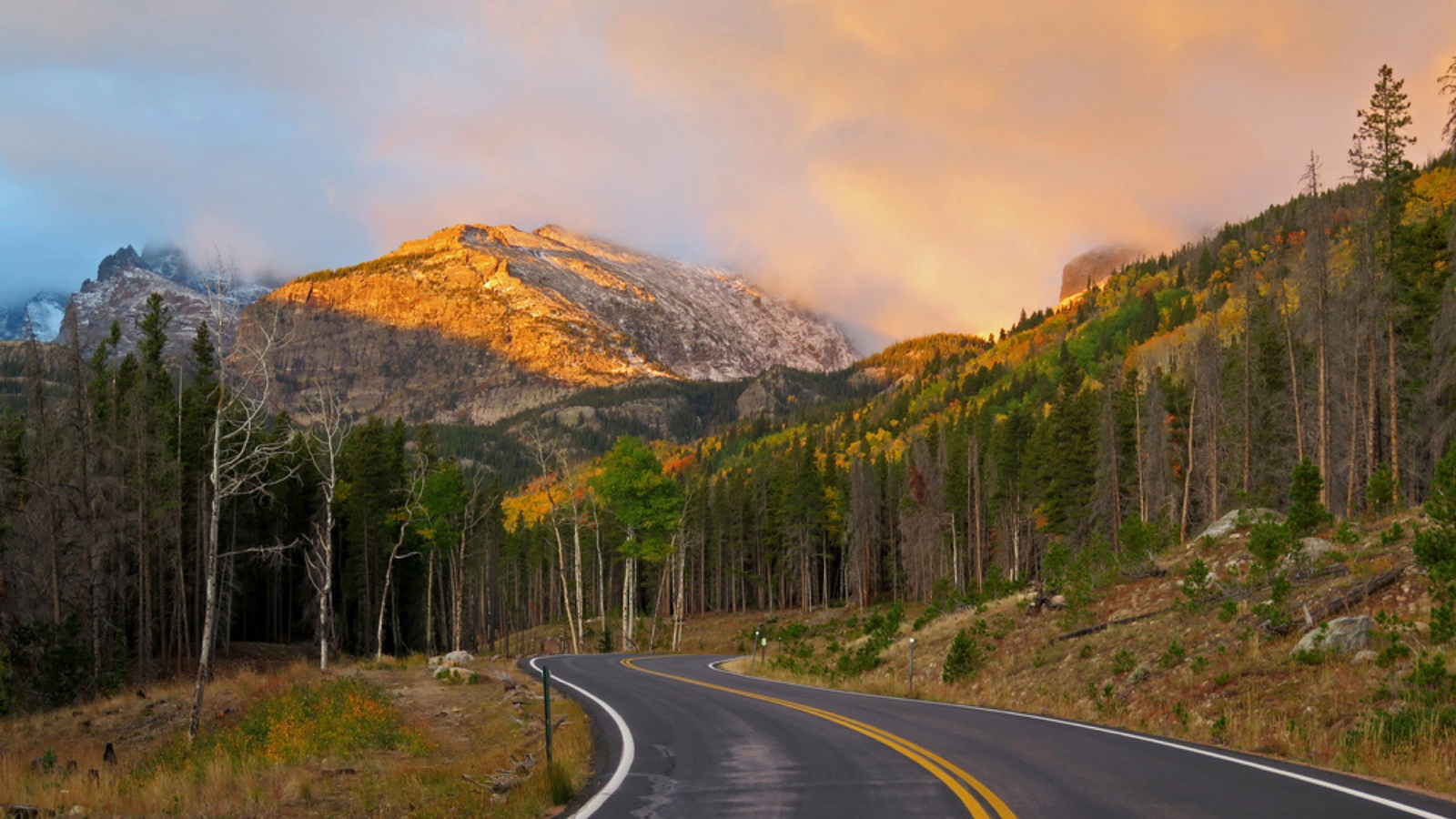
Despite Colorado’s generally good connectivity, much of Rocky Mountain National Park sits in areas where cell service is limited or nonexistent. The park’s high elevation and mountainous terrain create natural barriers to digital communication, though most visitors find this refreshing rather than frustrating.
Trail Ridge Road, one of the highest paved roads in North America, offers stunning alpine views that make phone screens seem trivial. The park’s diverse wildlife, including elk, bighorn sheep, and black bears, provides natural entertainment that operates on schedules completely independent of human technology.
Assateague Island, Maryland/Virginia

This barrier island is famous for its wild ponies and pristine beaches, yet it also offers surprisingly limited cell coverage in many areas. The island’s remote location and protected status create an environment where natural rhythms take precedence over digital ones.
Walking the beach here, you’ll encounter wild ponies, migrating birds, and constantly changing sand dunes without any need for online connectivity. The island’s campgrounds and backcountry areas provide opportunities for genuine disconnection while remaining relatively accessible.
The Black Hills, South Dakota
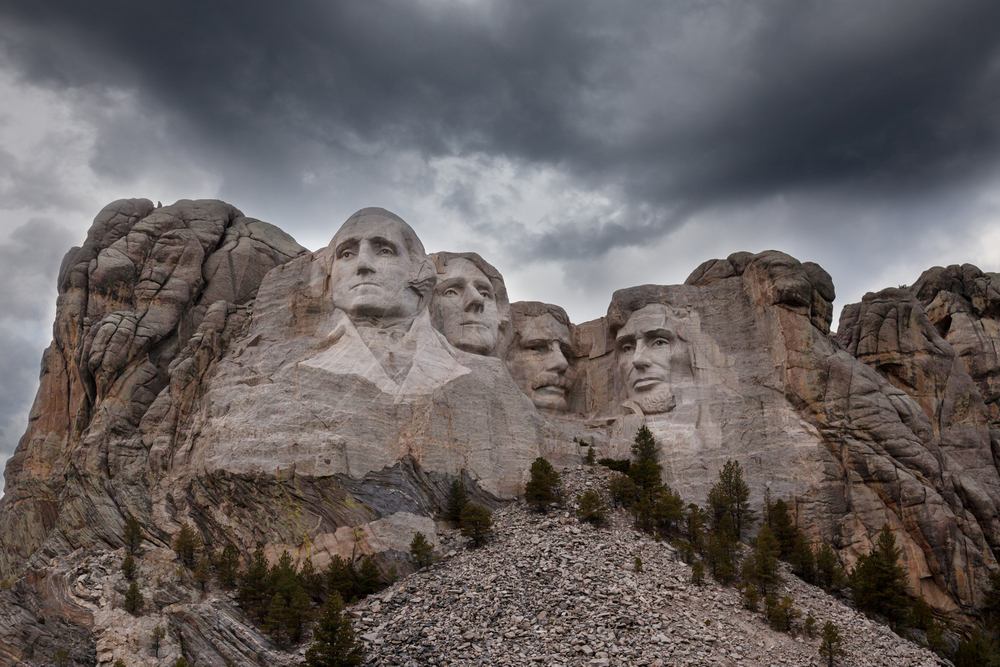
While the Black Hills region has cell service in towns and major attractions, the backcountry areas offer excellent opportunities for digital disconnection. The region’s dense forests, granite peaks, and hidden lakes create natural sanctuaries where phones become unnecessary.
Hiking through areas like the Needles or exploring the region’s many caves naturally shifts focus to immediate physical experiences, though the area’s rich history and diverse wildlife provide plenty of mental stimulation without requiring any digital enhancement.
Like Travel Pug’s content? Follow us on MSN.
Channel Islands, California

Often called ‘California’s Galapagos,’ these remote islands offer limited connectivity and unique wildlife experiences. The boat ride to reach the islands already begins the disconnection process, as cell service becomes increasingly spotty.
Once on the islands, you’ll encounter endemic species, pristine beaches, and dramatic cliffs that exist largely unchanged by human development. The islands’ isolation creates a natural laboratory where you can observe how life functions without constant digital input, making the experience both educational and refreshing.
Mammoth Cave, Kentucky

The world’s longest known cave system offers a unique form of disconnection — literally going underground where cell service is impossible. The cave tours range from easy walks to challenging spelunking adventures, all of which require complete focus on your immediate environment.
Above ground, the national park offers forests, rivers, and hiking trails with limited connectivity in many areas, while the combination of underground exploration and surface wilderness provides a comprehensive break from digital life while offering plenty of natural wonder to explore.
Finding Peace in an Always-Connected World

These destinations prove that genuine disconnection is still possible in our hyperconnected age, offering experiences that predate social media by millions of years. The landscapes, wildlife, and natural rhythms of these places operate on timescales that make our digital concerns seem fleeting and ultimately unimportant.
What’s remarkable is how quickly most people adapt to life without constant connectivity, often discovering that the fear of missing out online pales in comparison to the richness of immediate, unfiltered experience. In a world where we’re constantly told that connection equals progress, these places offer a different kind of advancement — the kind that comes from reconnecting with ourselves and the natural world around us.
Like Travel Pug’s content? Follow us on MSN.
More from Travel Pug

- 20 Best Beach Towns in the Carolinas
- 13 Destinations Where Tourists Regularly Regret Their Trip
- 20 Things You Actually Get in First Class
- 20 Small Airports With Aviation Museums
- 20 Places in the U.S. That Are Perfect for a Reset Trip
Like Travel Pug’s content? Follow us on MSN.
